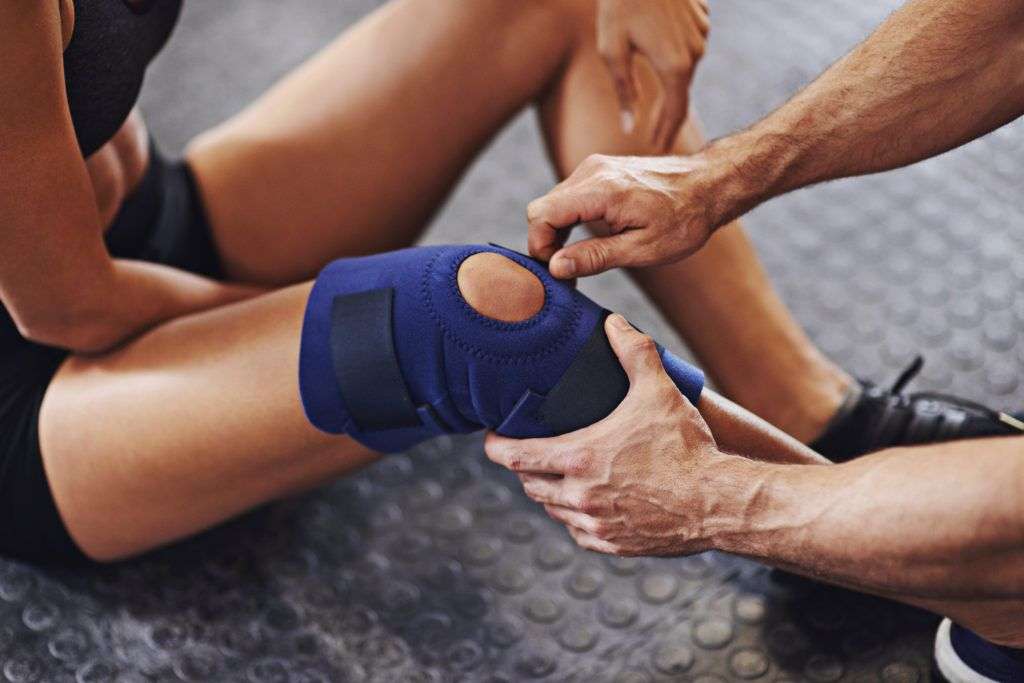
A knee ligament injury is a common orthopedic injury that can affect any of the four major ligaments in the knee: the anterior cruciate ligament (ACL), posterior cruciate ligament (PCL), medial collateral ligament (MCL), and lateral collateral ligament (LCL). Ligaments are tough bands of tissue that connect bones to each other, providing stability to the joint. Injuries to these ligaments can range from mild sprains to severe tears.
Anterior Cruciate Ligament (ACL) Injury:
- Cause: Often occurs during sports that involve sudden stops, changes in direction, or direct blows to the knee.
- Symptoms: Swelling, pain, instability, and a popping sound at the time of injury.
- Treatment: Non-surgical or surgical options may be considered based on the severity of the injury, age, activity level, and individual circumstances.
Posterior Cruciate Ligament (PCL) Injury:
- Cause: Usually caused by a direct blow to the front of the knee or a hyperextension injury.
- Symptoms: Swelling, pain, instability, and difficulty walking.
- Treatment: Non-surgical management with physical therapy or, in some cases, surgical reconstruction.
Medial Collateral Ligament (MCL) Injury:
- Cause: Typically a result of a direct blow to the outer side of the knee or a force that causes the knee to bend inward.
- Symptoms: Swelling, pain, and a feeling of instability.
- Treatment: Often responds well to conservative measures such as rest, ice, compression, and physical therapy.
Lateral Collateral Ligament (LCL) Injury:
- Cause: Usually caused by a direct blow to the inner side of the knee or a force that pushes the knee outward.
- Symptoms: Swelling, pain, and instability.
- Treatment: Similar to MCL injuries, LCL injuries may be managed non-surgically with conservative measures.
General Treatment Approaches:
- RICE Protocol: Rest, Ice, Compression, and Elevation can help manage pain and swelling in the initial stages.
- Physical Therapy: Exercises to improve strength, flexibility, and stability.
- Bracing: Depending on the severity, a brace may be recommended to provide support during healing.
- Medications: Nonsteroidal anti-inflammatory drugs (NSAIDs) may be prescribed for pain and inflammation.
In severe cases, surgical intervention may be required, especially for ACL and sometimes PCL injuries. Surgical options may include ligament repair, reconstruction, or other procedures depending on the specific injury and individual factors.
If you suspect a knee ligament injury, it’s crucial to seek medical attention for an accurate diagnosis and appropriate treatment plan tailored to your specific situation.

